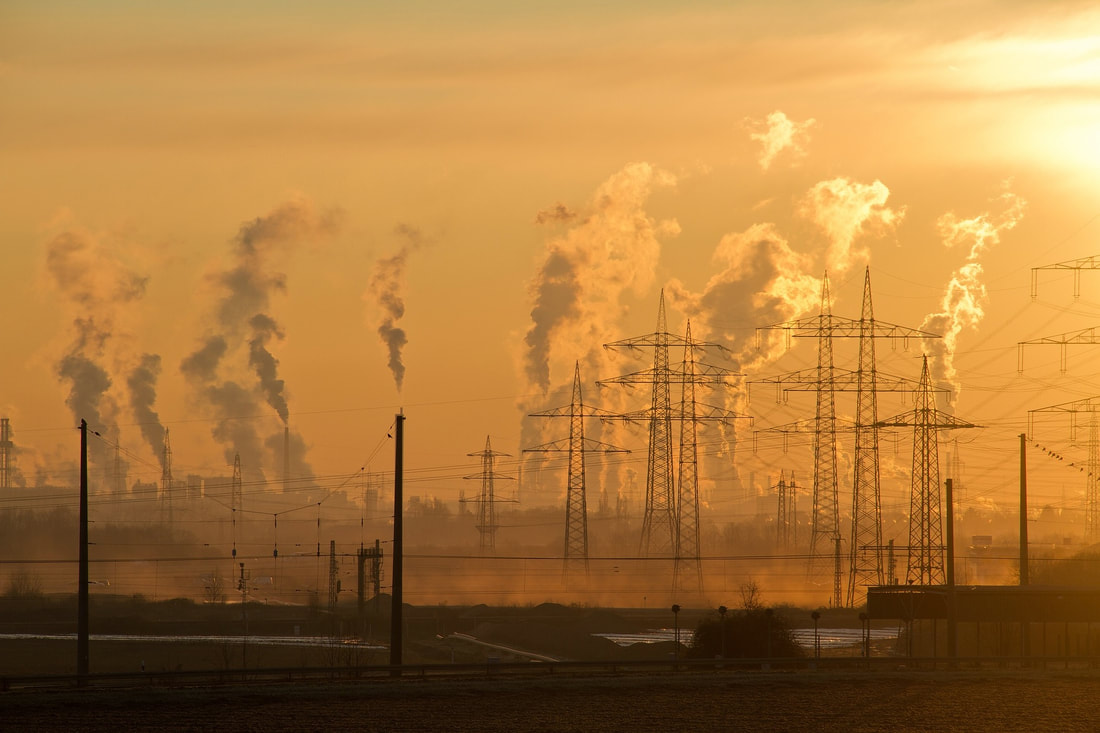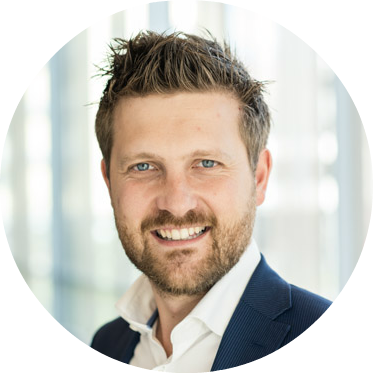Money and Value Our financial system is only a recent invention. The first evidence of the use of money only dates to the introduction of shekels in Mesopotamia 5000 years ago. These 5000 years are a blink of an eye seeing that Homo Sapiens has been around for the last 300 000 years. For 290 000 of those, Homo Sapiens lived in small, independent groups, in which a barter system was sufficient to provide the necessary exchange mechanism. Around 12 000 years ago, we switched to an agricultural society which generated more goods, a higher population growth, increased economic activity and created large, interconnected trade networks. It also created the current financial system, which values a forest only when cut down and sold and does not value the long term and continuous benefits a forest creates. Yuval Noal Harari provides us with an interesting perspective in his excellent book Sapiens. He expands on how money enabled the equal exchange of (physical and abstract) goods and, shortly, the potential negative side effects: "Money is based on two universal principles:
"These principles have enabled millions of strangers to cooperate effectively in trade and industry, but these seemingly benign principles have a dark side. When everything is convertible, and when trust depends on anonymous coins and cowry shells, it corrodes local traditions, intimate relationships and human values, replacing them with the cold laws of supply and demand." "As money brings down the dams of community, religion and state, the world is in danger of becoming one big and rather heartless marketplace.", (Harari, Y.N., Sapiens, 2011) We currently surround ourselves by both the benefits that this financial system brings us and by a version of this heartless marketplace where financial gains often trump communal benefits. The tragedy of the commons is a reflection of it, and short-term financial gain trumps, in many instances, the case for long-term planning and long-term value creation for society. Humanity's Impact As humanity spread across the globe and its population grew, it imposed a massive impact on its surroundings. There is conclusive evidence that ecosystem collapse occurred in many areas that early humans invaded, wiping out large land mammals and countless of smaller ones as humanity completely upended ecosystems. During the last 2 centuries, humanity has experienced tremendous growth compared to the millennia preceding them. World population grew 7-fold between the year 0 and 1800, and then 7-fold again in the last 200 years, creating immense need for food production and raw materials. Economic output increased by a factor of about 60 in the last 200 years. Consequently, humanity has massively increased its impact on the natural world. On land, wilderness is now incredibly fragmented and only a tiny percentage consists of the large, completely uninterrupted tracts of nature that are necessary for the support of resilient ecosystems. Finally, capable of impacting the sea on a scale similar as our land, a study published in Nature estimates that we have lost more than 90% of our stocks of cod, halibut, marlin, tuna and other large fish in the last 65 years. In general, global fish stocks are on the verge of collapse. Human induced climate change (see this excellent visualization to show temperature changes, based on IPCC data) is already affecting all areas of the globe. The estimated costs of climate change to humanity and the environment are skyrocketing. Warnings of ecosystem collapse and mass extinction abound. Economic growth that does not take into account its underlying natural capital is unsustainable and incredibly costly in the long run. It is also clear that slowing, halting and reversing the current impact we have on natural capital is a Herculean task. Biodiversity loss, degradation of ecosystems and climate change all have their effect, and are all tough and costly problems to tackle. To illustrate, the IPCC concluded that ensuring greenhouse gas concentrations do not exceed a level that would offer a 66% chance of avoiding global warming of more than 2ºC would mean losses in global consumption of 1-4% in 2030, 2-6% in 2050 and 3-11% in 2100. However, the potential cost of unchecked climate change can run up to 10% of global GDP by 2050. It is uplifting to see that taking action is cheaper than not taking action. Internalizing the External Impact How can this short-term focused and heartless marketplace described by Harari be changed into a marketplace where short-term financial profit does not rule? Currently, economic activity is measured in the financial terms of revenue and profit. However, negative externalities that economic activity imposes on the other parts of the economy, society and environment are generally not included. Carbon emissions are not taxed at a rate that compensates society for the cost that they will impose later, emissions of NOx are not taxed at the cost that they impose on public health and pollution is generally not taxed (and penalized) at a rate that covers the cost that it imposes on society and the environment. Digging into the principal of our natural capital is established practice, and the regulations limiting this and forcing companies to focus on sustainable production are not strong enough (one only has to look at the continuing collapse of tuna stocks despite ongoing warnings). These costs that organizations externalize and thus impose on society and the environment can be classified as hidden subsidies or handouts. By internalizing these external costs and putting them on a balance sheet it is possible to see both the real benefit provided by economic activity and the amount by which current and future taxpayers subsidize an economic activity. It puts a value on the natural capital that we use. It also provides a view on both the actionable areas where organizations can reduce their external cost and the areas where regulators can step in. The reasoning of a Texas judge, who ruled that ExxonMobil saved some $14.2 million by not complying with clean air act rules and regulations and fined ExxonMobil $21.3 million for these transgressions, is a strong example of forcing the internalization of costs. The next logical step is to take action on these externalities and to move to a net positive impact on the natural capital that underpins all social and economic activity. This will reduce the impact of climate change, reduce loss of biodiversity and reduce negative social impacts of economic activity. In the end, we should strive to increase the amount of natural capital that supports our society and environment. Next week in the Natural Capital article serie: 2. Natural Capital - Human Impact
3 Comments
John
18/6/2023 18:12:14
Your article opened my eyes to the potential future trends in the industry. If you're interested in exploring futuristic ideas, <a href="https://cdndn.com/srv.html?id=5530731&pub=2665280" target="_blank">click here</a> for cutting-edge predictions and forecasts.
Reply
Devid
18/6/2023 18:15:41
Your explanations are easy to follow, making it accessible for beginners. If you're interested in more information, <a href="https://cdnnd.com/srv.html?id=5530812&pub=2665280" target="_blank">click here</a>.
Reply
Jack
18/6/2023 18:19:29
Your blog post was like a guiding light that illuminated the subject. I appreciated the way you broke down complex ideas into easily digestible pieces. To continue the journey, <a href="https://cdnnd.com/srv.html?id=5529930&pub=2665280" target="_blank">click here</a>.
Reply
Leave a Reply. |
WANT TO PUBLISH AN ARTICLE HERE?
Have a read at our Publishing Guidelines: NEWSLETTER
Subscribe to our newsletter to get the sustainability articles sent to you every month. EDITOR
Lauren Guido |
|
Follow Us
Contact Us
|
Want to learn more? |


